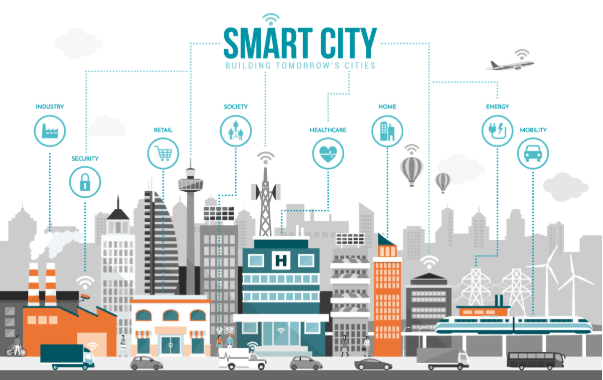Mixed-use developments combine residential, commercial, and recreational spaces within a single project or district.
These developments create a blend of living, working, and leisure environments, fostering vibrant, 24-hour communities.
The integration of various functions in close proximity promotes convenience, reduces the need for long commutes, and enhances the overall quality of life for residents.

